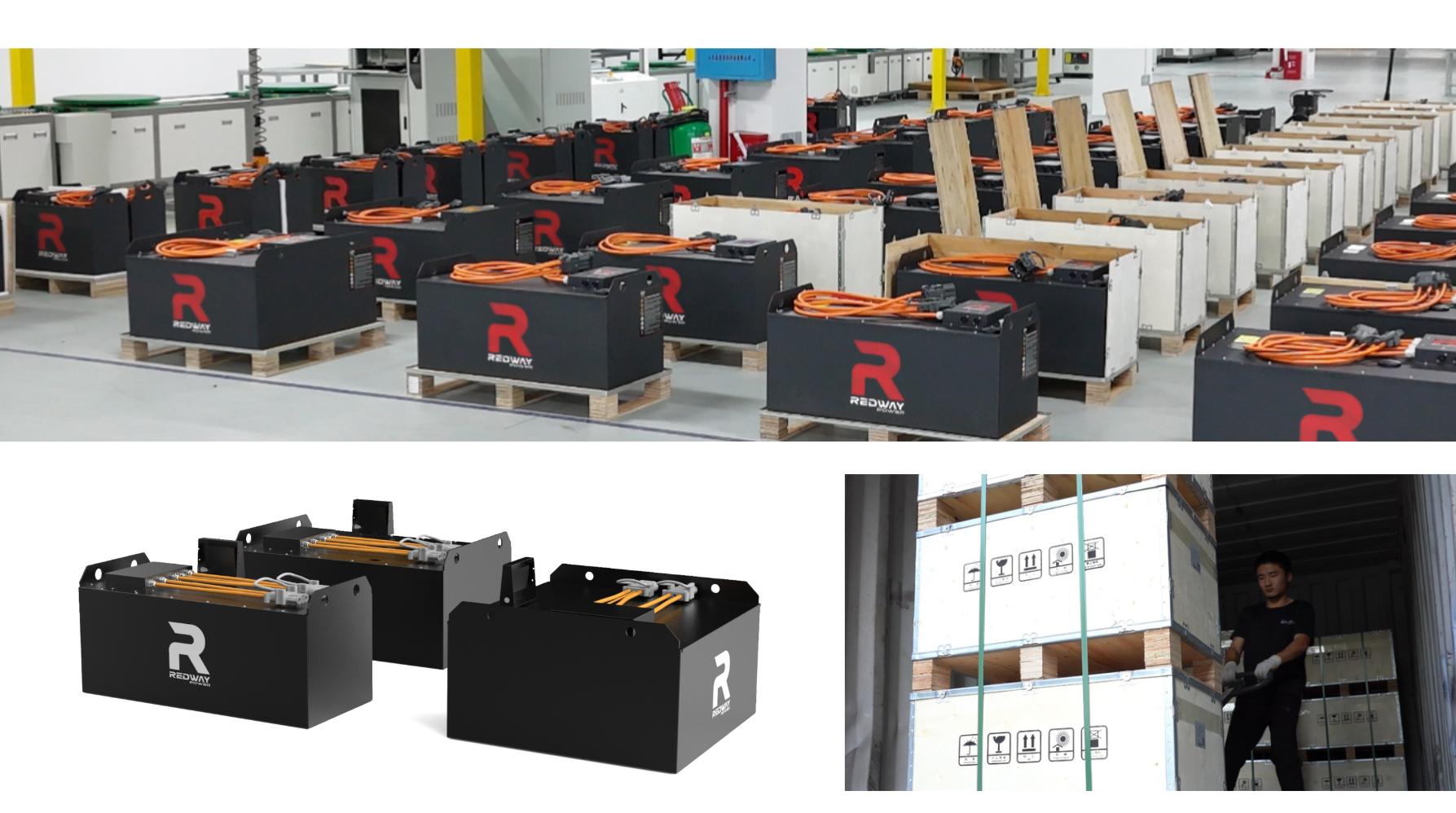Lithium-ion battery manufacturers are companies specializing in producing rechargeable batteries used in EVs, electronics, and energy storage. Top players include CATL, LG Energy Solution, Panasonic, BYD, and Samsung SDI. These manufacturers prioritize innovation, sustainability, and scalability to meet global demand for high-performance, safe, and cost-effective energy solutions, driving advancements in green technology.
48V 300Ah Lithium Forklift Battery
How Do Lithium-Ion Battery Manufacturers Impact the Global Market?
Lithium-ion battery manufacturers dominate the energy storage market, fueling growth in electric vehicles (EVs) and renewable energy systems. By investing in R&D, they reduce costs, improve energy density, and extend battery lifespans. Their innovations support decarbonization goals, with Asia-Pacific manufacturers like CATL and LG controlling over 70% of global production, shaping supply chains and geopolitical dynamics.
The dominance of Asian manufacturers has prompted Europe and North America to accelerate local production through initiatives like the U.S. Inflation Reduction Act and EU Battery Alliance. CATL’s recent expansion into Germany and Hungary highlights strategic moves to serve automotive giants like BMW and Volkswagen. Meanwhile, LG Energy Solution’s $4.5 billion Arizona gigafactory underscores the race to secure domestic supply chains. This regional competition is reshaping trade policies, with tariffs and tax incentives influencing where batteries are produced. Analysts predict the global lithium-ion market will grow from $48 billion in 2023 to $130 billion by 2030, driven by EV adoption and grid storage demands.
| Manufacturer | 2024 Market Share | Key Clients |
|---|---|---|
| CATL | 37% | Tesla, BMW, NIO |
| LG Energy Solution | 22% | GM, Hyundai, Ford |
| Panasonic | 18% | Toyota, Tesla |
Which Innovations Are Shaping Lithium-Ion Battery Production?
Solid-state batteries, silicon-anode technology, and AI-driven manufacturing processes are revolutionizing the sector. Companies like QuantumScape and Sila Nanotechnologies focus on eliminating cobalt, enhancing thermal stability, and reducing charging times. Recycling initiatives, such as Redwood Materials’ closed-loop systems, address sustainability concerns by recovering over 95% of battery materials.
Recent breakthroughs include Tesla’s 4680 cells with tabless design, which improve energy density by 16% and reduce production costs. Startups like StoreDot achieve 100-mile EV charges in 5 minutes using organic semiconductor compounds. BMW’s Gen6 batteries integrate cell-to-pack architecture, cutting weight by 30% while doubling range. AI plays a growing role – Panasonic uses machine learning to detect microscopic defects during electrode coating, boosting yield rates by 9%. These advancements align with global efforts to achieve sub-$60/kWh battery prices, a threshold that would make EVs cheaper than ICE vehicles.
| Innovation | Developer | Commercialization Timeline |
|---|---|---|
| Solid-State Batteries | Toyota | 2027-2030 |
| Sodium-Ion Tech | CATL | 2024-2025 |
| Dry Electrode Coating | Tesla | 2025-2026 |
What Are the Key Selection Criteria for Lithium-Ion Battery Suppliers?
Critical factors include energy density, cycle life, safety certifications (e.g., UN38.3, IEC 62133), and scalability. Buyers prioritize manufacturers with ISO 9001 compliance, sustainable sourcing practices, and proven track records in their industry. Customization capabilities, warranty terms, and after-sales support also influence decisions, especially for automotive and grid-scale applications.
Why Are Regional Manufacturing Hubs Critical for Battery Production?
Asia-Pacific remains the epicenter, with China producing 60% of global lithium-ion batteries. Europe and North America are expanding capacity through gigafactories (e.g., Tesla’s Nevada plant) to reduce import reliance. Proximity to raw materials like lithium in Australia and cobalt in the DRC drives regional strategies, though ethical sourcing remains a challenge.
What Certifications Ensure Lithium-Ion Battery Quality and Safety?
ISO 9001 (quality management), UL 1642 (safety), and IEC 62619 (industrial applications) are essential certifications. Compliance with REACH and RoHS regulations ensures environmental safety. Manufacturers like Panasonic undergo rigorous third-party testing to meet automotive standards like AEC-Q200, guaranteeing reliability under extreme conditions.
Know more:
How to Choose the Best Heavy-Duty Forklift Battery Solutions for Industrial Needs
LiFePO4 Battery Manufacturers: Key Players, Processes, and Future Trends
What Are the Leading Lithium Iron Phosphate (LiFePO₄) Battery Suppliers in 2025
Which Companies Lead Global Lithium Battery Production?
Who Are the Leading Lithium-Ion Battery Manufacturers in 2025?
What Are the Leading Energy Storage Battery Producers
How Are Sustainability Challenges Addressed by Battery Manufacturers?
Leading firms adopt circular economy models, using recycled materials and renewable energy in production. CATL’s zero-carbon factories and Northvolt’s hydro-powered plants set benchmarks. Partnerships with mining companies improve cobalt and lithium traceability, while blockchain platforms enhance supply chain transparency to meet ESG criteria.
“The lithium-ion industry is at a crossroads,” says a Redway battery expert. “While demand surges, manufacturers must balance scalability with ethical and environmental responsibilities. Innovations like dry electrode coating and sodium-ion hybrids could cut costs by 30%, but collaboration across governments and industries is vital to standardize recycling and reduce geopolitical risks.”
Conclusion
Lithium-ion battery manufacturers are pivotal in the clean energy transition, driven by technological breakthroughs and strategic regional expansions. Choosing a supplier requires evaluating certifications, sustainability practices, and innovation pipelines. As the industry evolves, prioritizing ethical sourcing and recycling will determine long-term success in a competitive, rapidly changing market.
FAQs
- What is the lifespan of a lithium-ion battery?
- Most lithium-ion batteries last 2–3 years in consumer electronics and 8–10 years in EVs, depending on usage patterns and charging cycles. Thermal management systems and avoiding deep discharges can extend longevity.
- Are lithium-ion batteries recyclable?
- Yes. Advanced recycling processes recover lithium, cobalt, and nickel at rates exceeding 90%. Companies like Li-Cycle and Redwood Materials lead in eco-friendly methods, though global recycling infrastructure remains under development.
- How do temperature extremes affect battery performance?
- High temperatures accelerate degradation, while sub-zero conditions reduce ion mobility, causing temporary capacity loss. Manufacturers integrate thermal barriers and management software to mitigate these effects in automotive and industrial applications.



